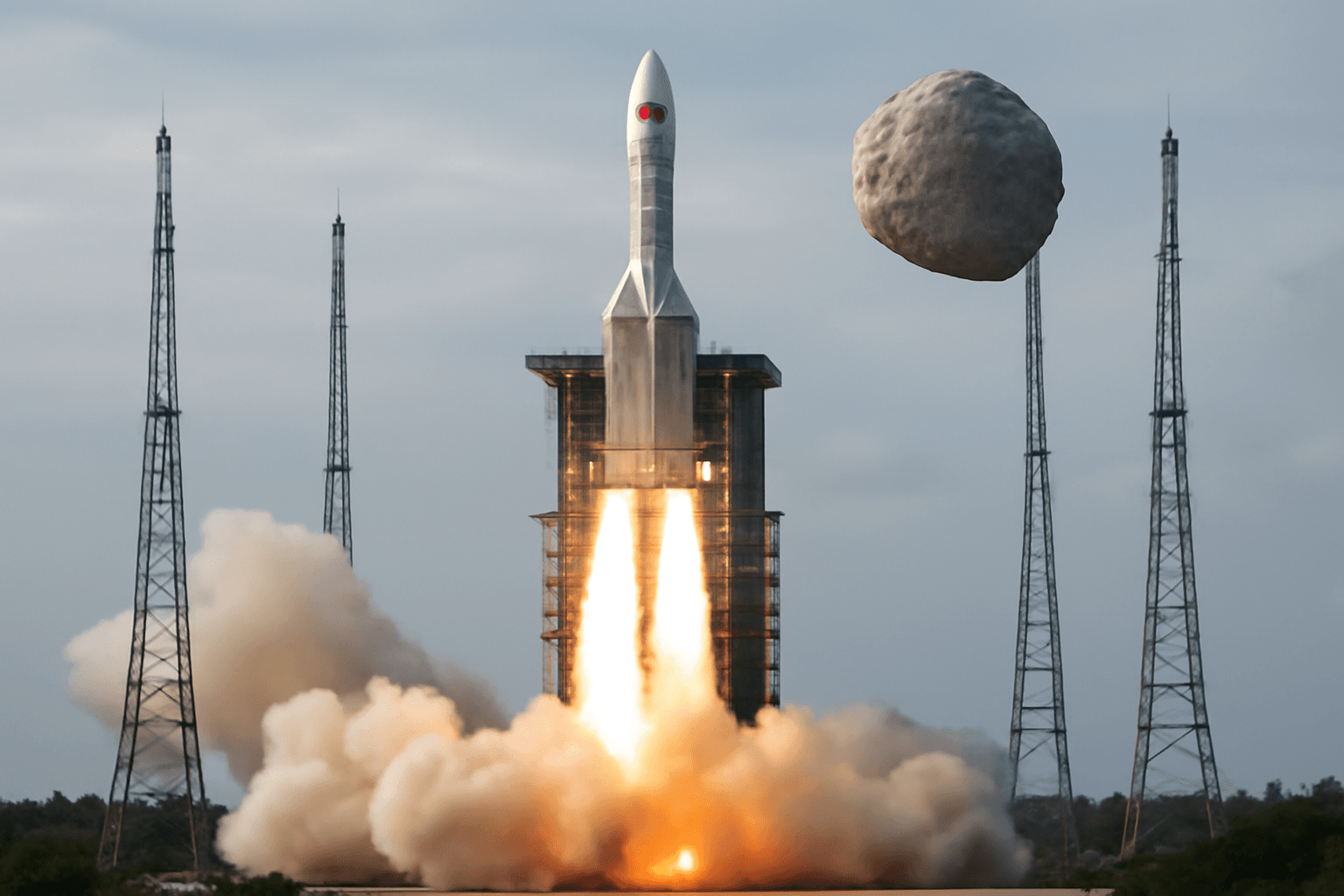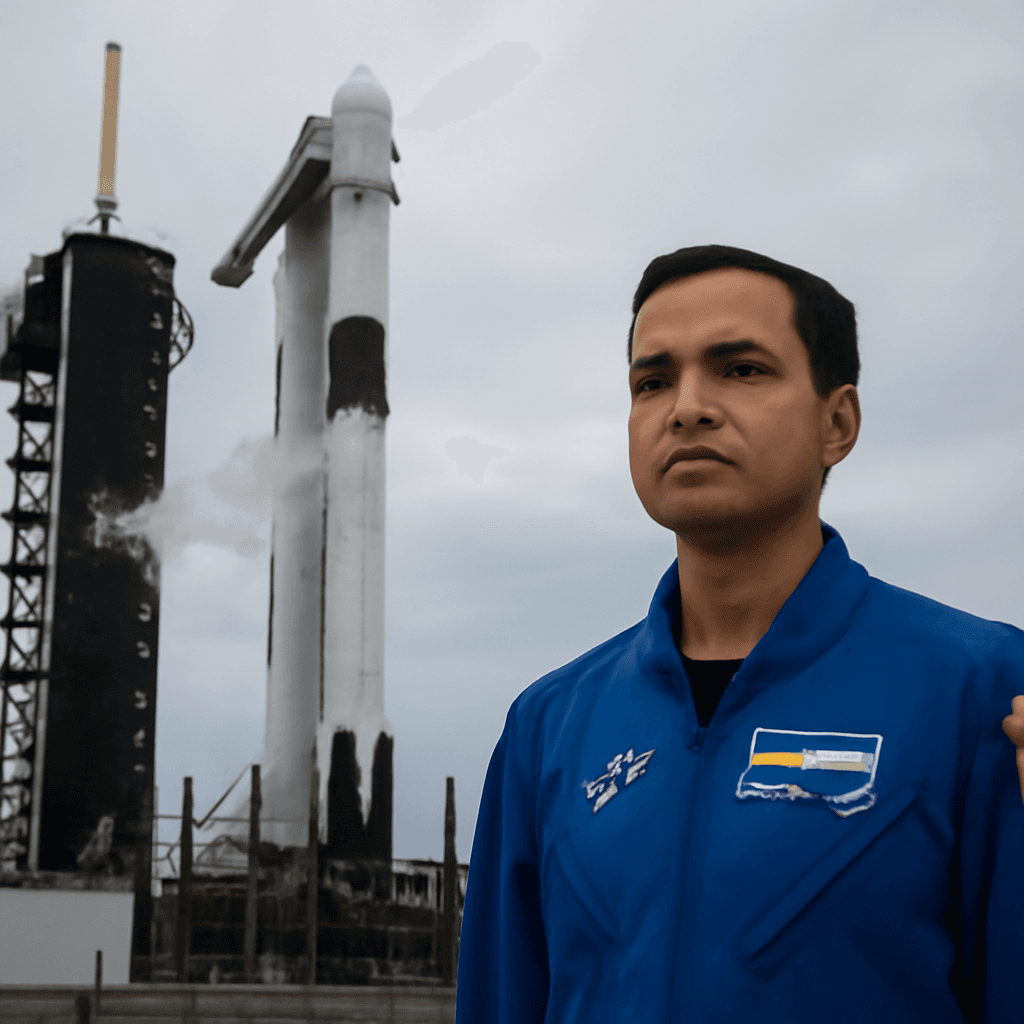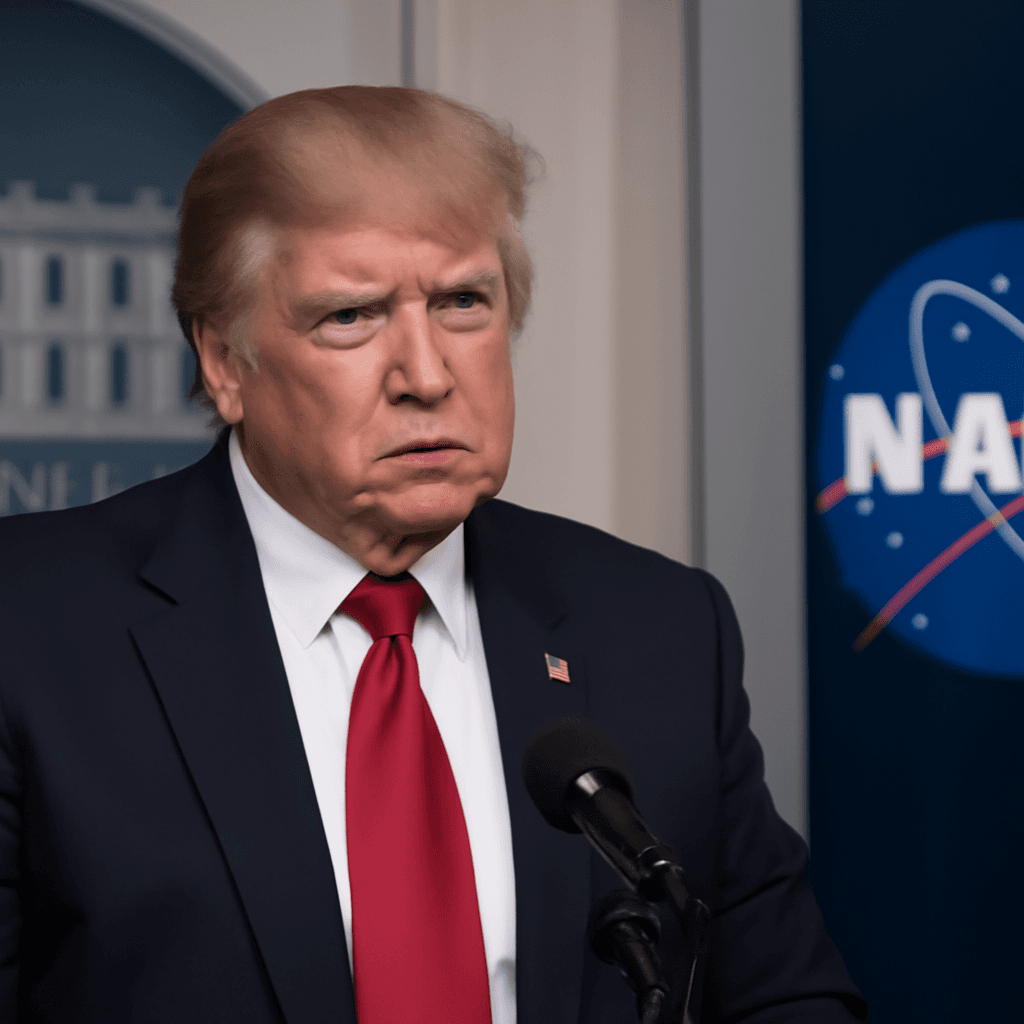NASA Announces Ambitious Plan for Lunar Nuclear Reactor to Secure Space Leadership
In a bold move to rejuvenate America's space ambitions, acting NASA Administrator Sean Duffy is set to unveil accelerated plans this week to develop and deploy a nuclear reactor on the moon by 2030. This initiative underscores a renewed emphasis on human spaceflight and signals Washington's strategic response to intensifying competition from China and Russia in the new era of space exploration.
Strategic Context: Reinforcing American Primacy in Space
Despite facing significant budget cuts, NASA is doubling down on technological innovation to maintain its competitive edge in the rapidly evolving space sector. The lunar nuclear reactor project aims to provide a reliable, sustainable power source for future lunar missions, crucial for supporting astronaut habitats and scientific equipment. According to insiders, this project is central to winning what NASA officials quietly term the “second space race.”
“The intention is clear: to ensure that the United States maintains autonomous capability and leadership in critical space infrastructure,” said a senior NASA official, speaking on the condition of anonymity ahead of the announcement.
Details of the Lunar Nuclear Reactor Program
- Project Goal: Design, build, and launch a 100-kilowatt-class nuclear reactor to the lunar surface by 2030.
- Previous Efforts: NASA’s earlier funding supported a smaller 40-kilowatt reactor, with deployment planned for the early 2030s.
- Industry Involvement: NASA will solicit proposals from private industry, mandating the appointment of a project lead and feedback compilation within 60 days.
- Strategic Urgency: The timeline aligns closely with China's planned first lunar landing — a move that could allow Beijing to dominate lunar resources.
- Security Concerns: There is an explicit warning against allowing adversaries to establish “keep-out zones” around nuclear facilities on the moon, which could restrict U.S. operations.
Expediting Commercial Space Station Transitions
Beyond lunar ambitions, NASA is pushing to replace the International Space Station (ISS) with commercial orbital platforms by 2030. This shift is directed through newly revised contracting procedures aimed at accelerating private sector involvement and innovation.
- NASA plans to award contracts to at least two companies within six months, ensuring a competitive and resilient infrastructure.
- Leading contenders include Axiom Space, Blue Origin, and Vast Space, each bringing unique capabilities to a post-ISS future.
- The move aims to prevent China from becoming the sole operator of crewed orbital stations, preserving U.S. strategic footholds in low-Earth orbit.
Balancing Budgets and Ambitions
While the Trump administration’s 2026 budget blueprint increases funding for crewed missions, it notably decreases funding for scientific programs, slashing science mission budgets by nearly 50%. This budget reprioritization reflects a strategic focus on human exploration over robotic and research missions.
Interestingly, despite the Pentagon ending a joint program for nuclear-powered rocket development, NASA continues to pursue nuclear technology as a cornerstone for deep-space exploration. A NASA official emphasized that nuclear propulsion remains a “worthy and essential technology” for long-term human spaceflight beyond Earth orbit.
Expert Analysis: Geopolitical and Technological Implications
From a policy perspective, NASA’s lunar reactor initiative is as much about geopolitical signaling as it is about technological advancement. Experts underscore that in the backdrop of growing Sino-Russian collaboration in space, American urgency to establish footholds on the moon is critical for national security and scientific leadership.
Dr. Emily Carter, a space policy analyst at the Center for Strategic and International Studies, noted, “Power generation on the moon isn’t just an engineering challenge—it’s a strategic imperative. Whoever controls the energy infrastructure will shape the future of lunar exploration and resource utilization, with profound implications for global space governance.”
Underreported Issues and Future Questions
- How will the U.S. navigate the legal complexities of lunar sovereignty amid competing claims?
- What environmental considerations are being factored into nuclear deployments on the moon?
- Can public-private partnerships sustainably fund and operate new orbital stations amidst budget constraints?
- What safeguards are planned to ensure the peaceful use of nuclear technology in space?
Looking Ahead: Toward a New Era of American Space Exploration
NASA’s accelerated plans for a lunar nuclear reactor and commercial space stations represent a pivot toward a more competitive, commercially integrated, and geopolitically informed space strategy. These efforts, while constrained by budgetary realities, underscore a determined American response to the multifaceted challenges of 21st-century space exploration.
Editor's Note
As the world races back to the moon, the stakes extend far beyond scientific discovery. Energy independence on the lunar surface could become a linchpin for sustained human presence and deeper space missions—potentially reshaping global power structures both on Earth and in orbit. The unanswered questions posed by nuclear deployment, commercial stewardship, and international cooperation highlight the complex web of technology, politics, and policy NASA must navigate in the years ahead.



















